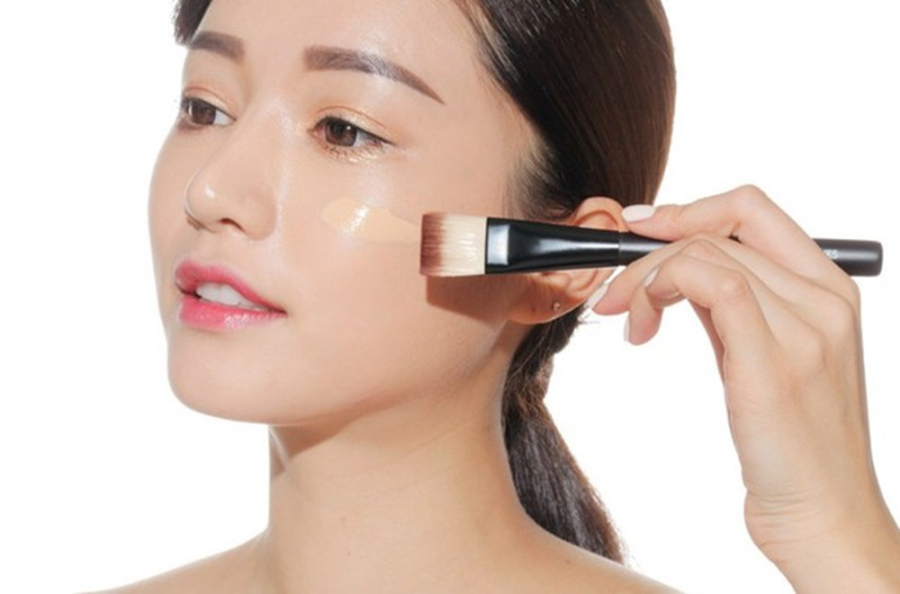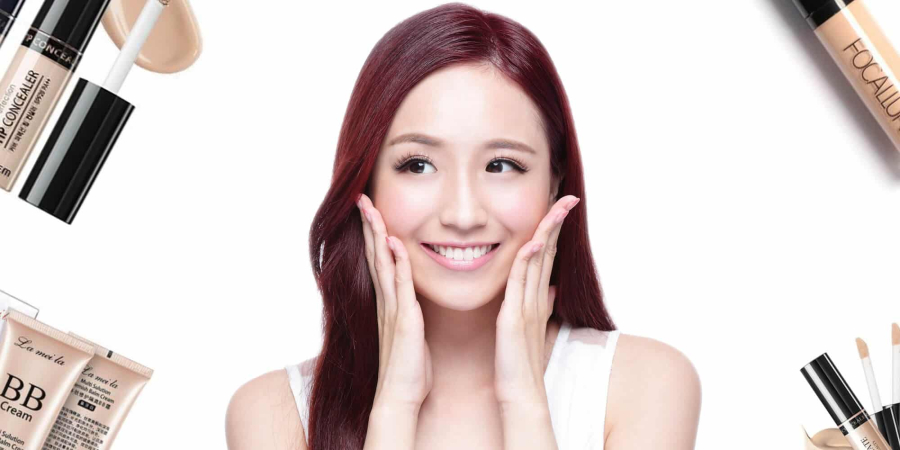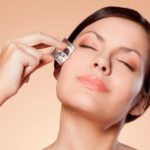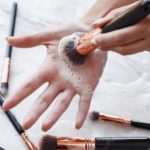A concealer is a cosmetic product used to conceal visible imperfections on the skin. This includes dark circles, brown spots, large pores, or other small scars. By blending the imperfections with the surrounding skin tone.

Illustrative image
Popular Types of Concealers
The popular types of concealers today:
1. Liquid Form
Advantages: It is the most versatile concealer. It has a lightweight texture, easy to blend, and absorbs into the skin easily. It does not crease on the skin when used. Provides wide coverage for all types of skin. Including normal, combination, oily, or acne-prone skin.
Disadvantages: It has medium coverage, only creates a thin, natural coverage. Not thick enough to cover acne spots.
2. Cream Form
Advantages: The cream texture has good coverage. Suitable for skin with dark imperfections such as red pimples, dark circles under the eyes.
Disadvantages: It is easy to crease on the skin and make the foundation layer heavier.
3. Stick Form
Advantages: It is a thick and dense cream that helps blur dark areas under the eyes as well as red acne spots, scars on the skin. Contains active ingredients that help prevent acne spots from becoming inflamed.
Disadvantages: It has medium coverage, difficult to use on a wide area. It can make the makeup look heavy and unnatural.
4. Powder Form
Advantages: It has a fine powder texture, easy to blend on the skin. Suitable for normal and combination skin. It has better staying power on the skin compared to other concealer types.
Disadvantages: It can settle into lines and wrinkles on the skin.

Illustrative image
Key Benefits of Concealers
Camouflage Imperfections
- The main function of a concealer is to cover up acne, dark circles, blemishes… that appear on the skin. By evening out the skin tone in areas with imperfections, from mild to severe. Giving you a flawless makeup look.
Long-lasting and Transfer-resistant Foundation
- Thanks to its good absorption and oil control abilities. In addition to the above function, a concealer also helps the foundation layer last longer. From there, it keeps the makeup from smudging and staying smooth all day long.
Create Facial Contours
- Don’t think that a concealer only serves the purpose of concealing imperfections. You can completely use this type of concealer to create contours for your face. Without having to buy expensive highlighters or contouring powders.
- For concealers with darker shades, just apply the concealer to areas such as the chin, cheeks, and sides of the nose. Then use a brush to blend the concealer evenly onto the skin.
- Similarly, for concealers with lighter shades. Use them as highlights for the T-zone to make the face more defined and brighter.
How to Use Concealers
No matter how well a concealer is reviewed. But if used improperly, it still can’t create a perfect foundation.
Using Concealer Before Foundation
- If you want to completely cover areas with large imperfections or dark circles. Use the concealer after moisturizer and primer, and then apply the foundation. This method not only provides high coverage. But also suitable for dull-colored skin with many acne scars or dark circles. However, it has a disadvantage of making the foundation layer thick, giving a heavy and suffocated feeling. Therefore, those with acne-prone and sensitive skin should carefully consider it.
Using Concealer After Foundation
- Compared to the above method, using concealer after foundation is considered easier to perform. At the same time, you can also clearly observe the areas that still have imperfections after applying the foundation. As well as limit the feeling of suffocation because the skin does not have to endure two layers of foundation at the same time. However, this method can only cover small imperfections on the skin. For areas with dark circles under the eyes and large imperfections, it will not provide complete coverage.
Other Notes
Here are some notes on how to use concealer:
Allow enough time, about 1-2 minutes. For the concealer to melt slightly on the face. Concealers work best on clean and adequately moisturized skin. Therefore, you need to cleanse your face to remove dirt, dead skin cells, sweat… From there, the concealer will adhere deeper to the skin and be less likely to flake off.
Do not overuse concealer as it contains a large amount of color pigments: Only use a small amount, enough for the “problematic” areas such as acne spots, dark circles… Make sure that the concealer matches your skin tone. Suitable concealers are usually one to two shades lighter than the foundation color.



































